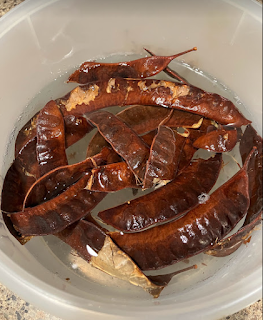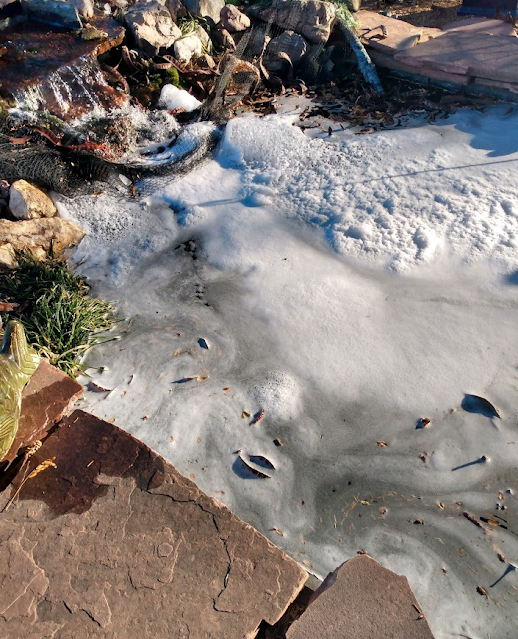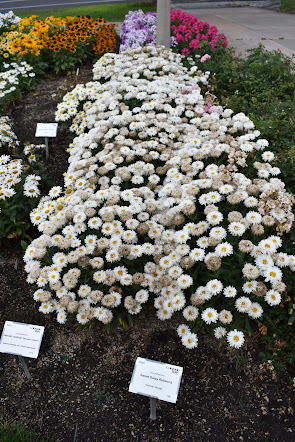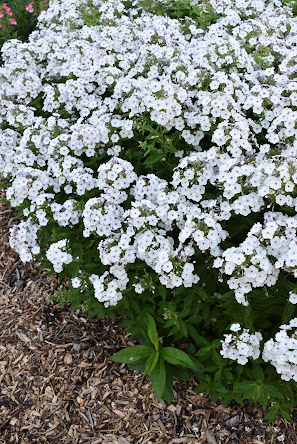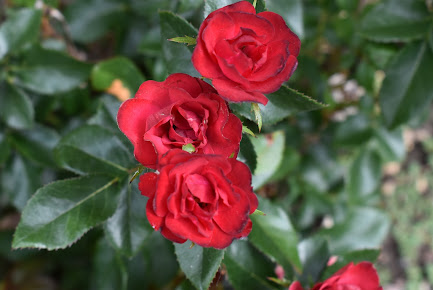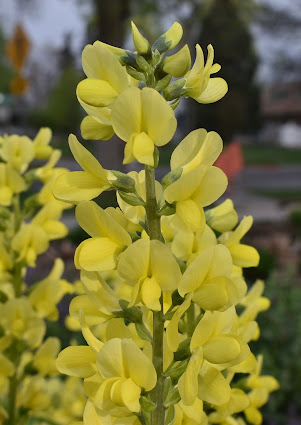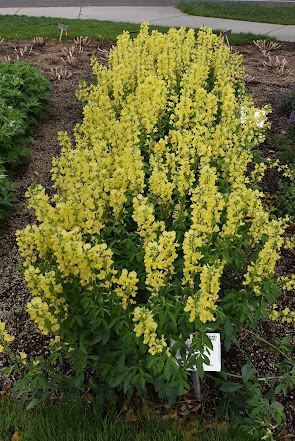The purpose of the trial garden is to evaluate new perennial plant species and cultivars under the unique Rocky Mountain environmental conditions. Plants are evaluated for plant vigor, uniformity, floriferousness and tolerance to environmental and biotic stresses. The Perennial Trial program at Colorado State University is designed to test newer perennial cultivars that have been introduced in the past three years or less. Entries in this trial are grown for three summers and two winters before they are switched out for new entries.
Performance Evaluation
Photos and data on plants and flowers were collected on a bi-weekly basis from May to early October. Dead plants in the trial were not considered in the bi-weekly evaluation; thus, the ratings given only reflect the live plants. Members from the Perennial Trial subcommittee also evaluated and wrote comments for each plant variety in June, July, August and September. Plants and flowers were rated 0-5 using the following scale:
2022 CSU “Top Performer” Perennials
Armeria Dreameria® ‘Dream Clouds’ from Darwin Perennials
Heavy first flush of pure white flowers gives a crisp, impressive appearance with plenty of “Wow!” from visitors. The pom-pom flowers give a unique appearance and form for the garden. Growth habit is very uniform and tidy, dark green foliage is attractive even without flowers.
Leucanthemum Sweet Daisy™ Rebecca from Dümmen Orange
Plants were “right in your face” at peak bloom as they formed a solid canopy of flowers which was quite spectacular. Blooms were stunning white with multiple layers of petals and a yellow eye for maximum show. Petals had a very frilly edge and this was definitely not your average Shasta daisy. Plants had a compact and tidy growth habit.
Phlox paniculata Early® Magenta from Dümmen Orange
Compact, uniform plants almost resembled a wall of solid magenta flowers. It was noted for its ability to bloom early and stay late into the season. It also provided a good show of flowers the first year it was planted in 2020. It was resistant to powdery mildew.
Phlox paniculata Ka-Pow® White from Darwin Perennials
The season of bloom was noted for being exceptionally long as it flowered early and stayed attractive for a long time. Plants were compact, uniform, sturdy and maintained excellent habit despite overhead watering. Branching was very good which created an abundance of crisp, white flowers that were very showy. Foliage was very attractive and never had any powdery mildew.
Phlox subulata Spring® Blue Improved from Dümmen Orange
Flowers made an impressive carpet of blue in the spring. The season of bloom was noted for being exceptionally long lasting but the plants were also noted for looking good all through the summer. The growth habit makes an excellent ground cover and spreads evenly.
Rosa Petite Knock Out® ‘Meibenbino’PP 11,252,928 from Star® Roses and Plants
This rose is in a class of its own with very beautiful, glossy foliage and petite growth habit. Flowers had a dark, saturated red color that made a striking combination with the glossy, dark green foliage. The petite growth habit created and overall appearance that easily was described as “adorable”. Besides the impressive appearance, it was also noted that it was very low maintenance and had good first year flowering back in 2020. It could be great addition to containers on the patio as well as in mass plantings in the ground.
Salvia Midnight Purple and Midnight Rose from Dümmen Orange
Both entries had prolific flowering at the same time and complemented each other well. Growth habits were very uniform with the same height. Both plants had very intense, attractive flower color but the stems on both were noted for being dark that really helped make the flower color “pop”.
Thermopsis lupinoides (Golden Candles) from PlantSelect®
At its peak, it was described as a “jaw dropping, showstopper, 50mph plant” due to its prolific, stunning yellow blooms. In addition to its robust flowering, it is a tough plant that is hardy to Zone 3 and drought tolerant for the xeriscape garden. The lupine-like foliage is lush and attractive along with being a good nitrogen fixer for the soil.
